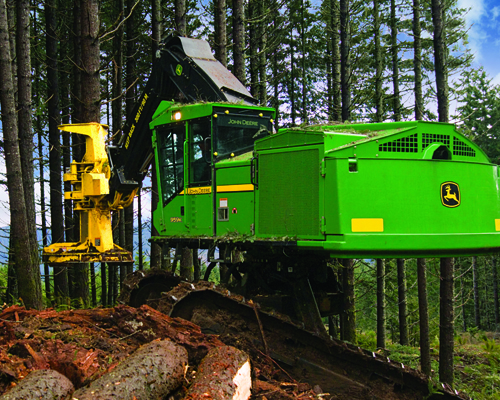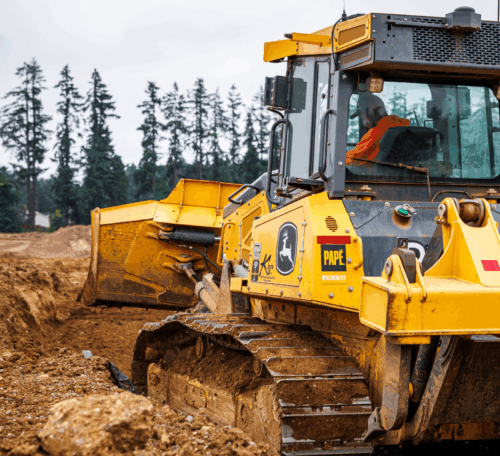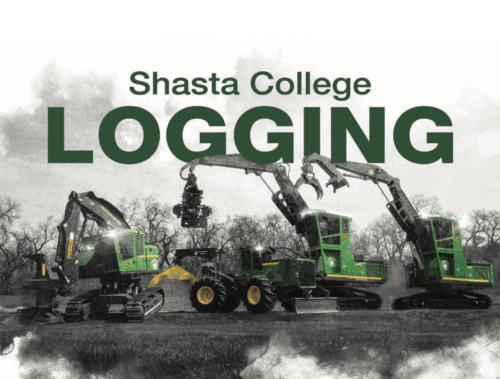If you know timber harvesting as well as we do, it’ll come as no surprise that this industry is consistently listed among the most dangerous professions in the United States. Many of the most common logging hazards and harvesting accidents can be avoided by following simple safety training procedures. Take a look at our thoughts on the matter below… After all, your safety is paramount.
TIP #1: BE AWARE OF WHAT’S AROUND YOU
When working with tall, heavy objects (like trees), pay attention to where and when they’ll fall – overhead hazards kill and injure hundreds of loggers each year. This means working outside of the strike zone of anything you’re working on and watching out for one another. Keeping each other aware of your surroundings is crucial in reducing injuries on the job.
TIP #2: DRESS FOR THE JOB YOU HAVE
In a job where heavy objects are constantly falling, putting on a hard hat should be self-explanatory. Safety gear should include not only a hard hat, but also protective eye wear, hearing protection and foot protection. Wearing the appropriate protective gear gives you a better chance to remain injury free even when accidents happen.
TIP #3: KEEP YOUR EQUIPMENT IN TIP TOP SHAPE
Clean, properly kept equipment is much less likely to fail than equipment that isn’t regularly maintained. Skipping scheduled maintenance is not a place to pinch pennies. Equipment failure mid transfer could cause significant damage and potentially lives, don’t risk it. Complete a walk-around each time you plan to use any piece of equipment and follow the scheduled maintenance calendar.
TIP #4: THERE’S NO TREE WORTH GETTING HURT OVER
Simply put: don’t take chances when it’s not worth it. There isn’t a job that exists that’s worth willingly throwing yourself in harm’s way when it could so easily be avoided. You’ve been trained for this job, and you know better than anyone else what situations to best avoid in order to stay safe.
TIP #5: SET UP A SAFETY TRAINING PROGRAM
You’ve got all this information in front of you, now the question is: What do I do with it? This all starts and ends with a focus on actually teaching people about the hazards associated with logging and the best ways to avoid them. We recommend using a safety training manual or video as part of the on-boarding process and monitoring the most junior level loggers as they learn the ins and outs of the industry. What’s more: conduct ongoing logger safety trainings to remind yourself and your fellow woodsmen of the dangers all around you.
For more information, visit our website or take a look at Oregon OSHA’s tips for safe and effective logging.







